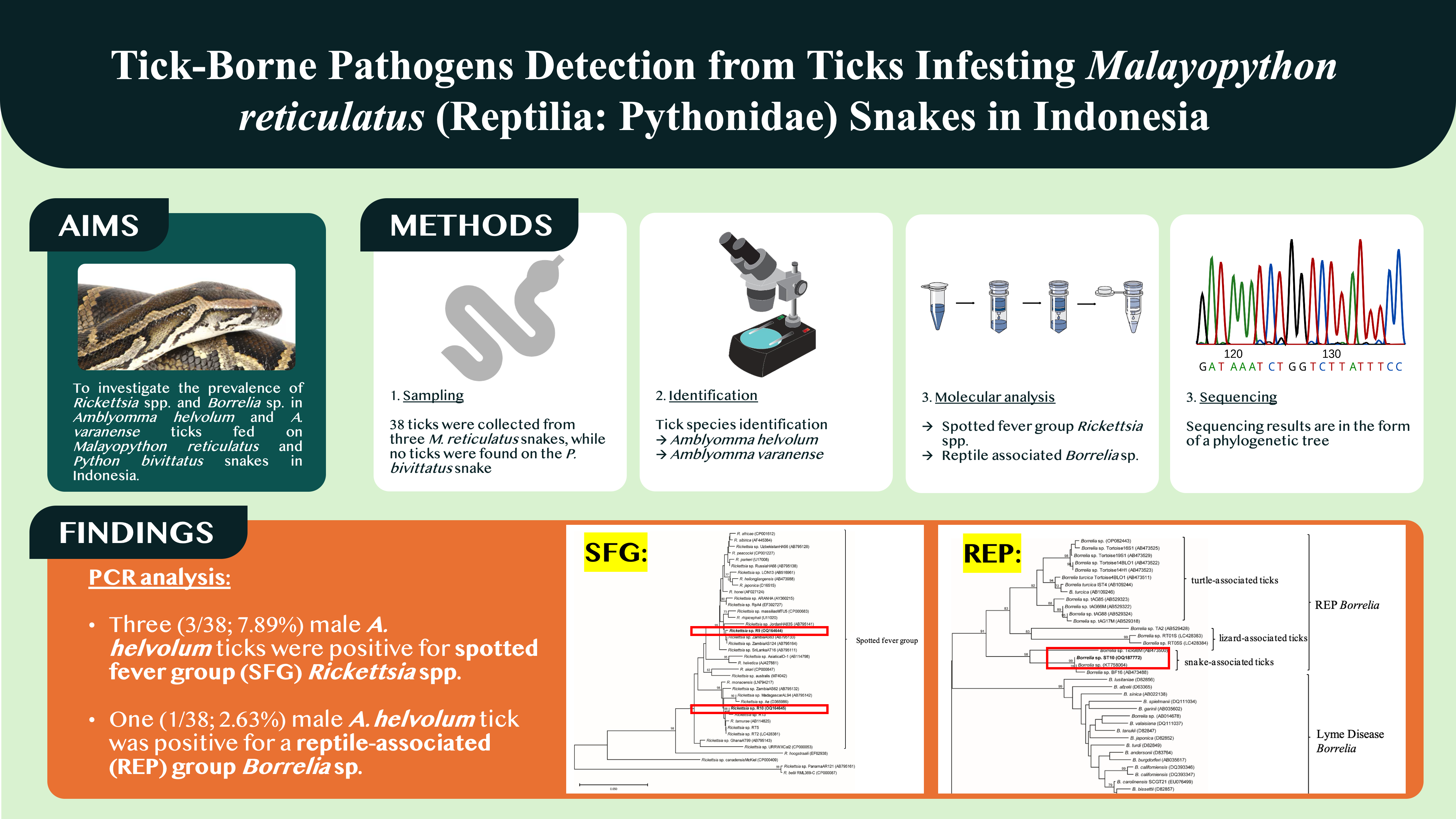THE MINIMUM NUMBER OF VALVES FOR DIATOMS IDENTIFICATION IN RAWAPENING LAKE, CENTRAL JAVA
Downloads
Technical challenges in using diatoms for paleolimnological work are the identification and enumeration of diatom valves. Variations exist in the minimum number of valves to identify, ranging from 100 to 700 valves of the dominant species. This task can be very time consuming, particularly when the diatom valves are not abundant. This research was conducted to determine the minimum number of valves to be identified in the diatom assemblages from Rawapening Lake, Central Java, Indonesia. Based on the 314 samples obtained from Rawapening Lake, the diatom efficiency rose above 0.85 upon the minimum count of 300 valves. The number of diatom species identified remained stable after the minimum of 300 valves. Therefore, the minimum number of diatom’s valves identified to represent the assemblage for paleolimnological analysis was 300.
Downloads
Authors who publish with this journal agree with the following terms:
- Authors retain copyright and grant the journal right of first publication, with the work 1 year after publication simultaneously licensed under a Creative Commons attribution-noncommerical-noderivates 4.0 International License that allows others to share, copy and redistribute the work in any medium or format, but only where the use is for non-commercial purposes and an acknowledgement of the work's authorship and initial publication in this journal is mentioned.
- Authors are able to enter into separate, additional contractual arrangements for the non-exclusive distribution of the journal's published version of the work (e.g., post it to an institutional repository or publish it in a book), with an acknowledgement of its initial publication in this journal.
- Authors are permitted and encouraged to post their work online (e.g., in institutional repositories or on their website) prior to and during the submission process, as it can lead to productive exchanges, as well as earlier and greater citation of published work (See The Effect of Open Access).




























